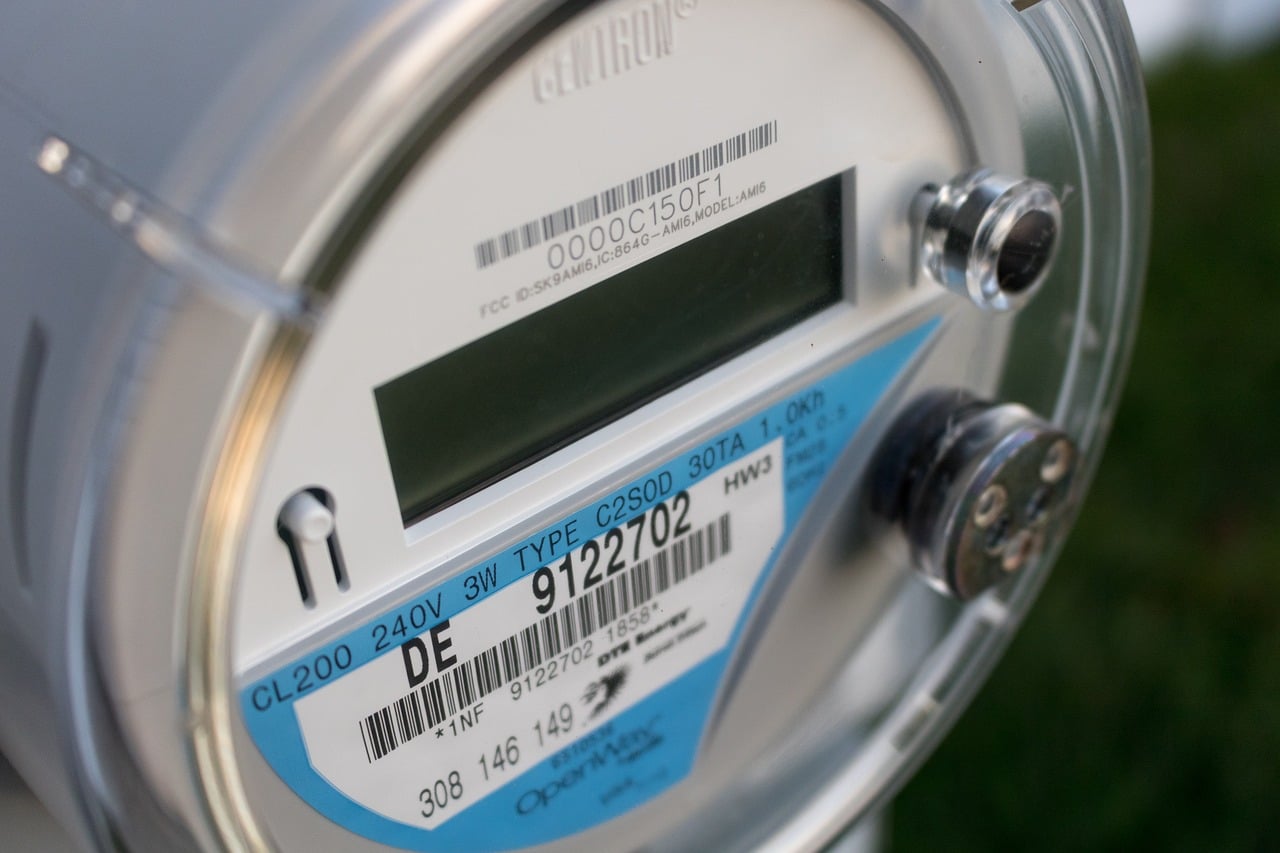U.S. Energy Department Proposes New Cost-Saving Furnace Efficiency Rule

The U.S. Energy Department on June 13 introduced new energy-efficiency standards for residential gas furnaces that would drastically cut greenhouse gas emissions and reduce consumers’ energy costs every year. The new initiative would demand that all non-weatherized gas furnaces, as well as furnaces installed in mobile households, have a yearly fuel efficiency of 95 percent. Most furnaces that achieve an Annual Fuel Utilization Efficiency, or AFUE, of 90 percent or higher are condensing units that capture and use heat that would otherwise be emitted outside the premises. Currently, most U.S. homes are equipped with non-condensing furnaces.
U.S. consumers are expected to save $60 each year in energy bills if they switch to a condensing unit or $1.9 billion per year. The rule would facilitate the reduction of carbon and methane releases by 373 million tons and 5.1 million tons over the next 30 years, roughly equivalent to the annual emissions of 61 million homes. On the agency’s proposed timeline, the rule would not take effect until 2029.
A similar initiative was proposed for water heaters in May, as part of the Biden administration’s plan to propose 100 energy-efficiency actions this year to save $100 per family per year. The agency announced the change in December 2021 and outlined its program for advancing energy conservation standards for consumer products. The Biden administration acknowledged last December that a 92 percent AFUE would effectively eliminate noncondensing HVAC systems. Canada has been requiring condensing units for over a decade now, the agency noted. President Joe Biden recently used the Defense Production Act to accelerate the domestic manufacture of heat pump equipment, which was highlighted in the press release.
U.S. investor-owned utilities’ trade association, American Gas Association, argued the proposed rule effectively bans gas furnaces, which today are cost-effective for many US homes. Especially in low-income neighborhoods, many older homes and apartment buildings do not have the venting equipment necessary for condensing furnaces. However, according to the American Council for an Energy-Efficient Economy, natural gas use for heating is responsible for inflation in the U.S. and amid the disruption of the energy market caused by Russia’s invasion of Ukraine, consumers can expect higher natural gas prices heading into the winter of 2022-2023.
EnerKnol Pulses like this one are powered by the EnerKnol Platform—the first comprehensive database for real-time energy policy tracking. Sign up for a free trial below for access to key regulatory data and deep industry insights across the energy spectrum.
ACCESS FREE TRIAL